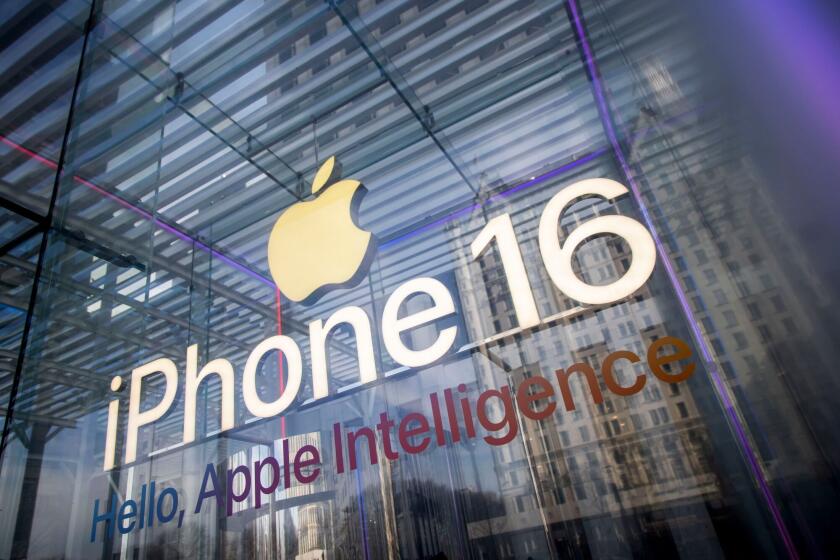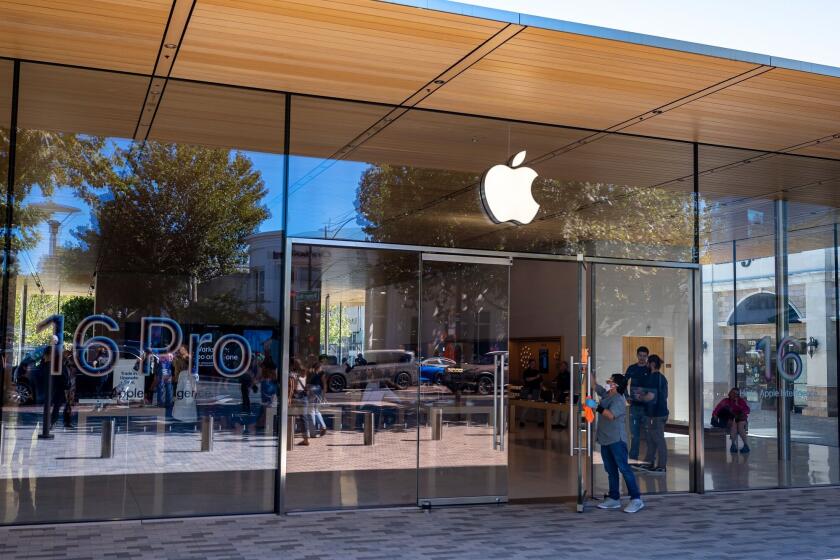3 new netbooks show signs of progress but also old and fresh mistakes
- Share via
Netbooks are a bright idea suffering from dim imaginations.
In theory, if you took a compact laptop, removed its DVD drive, shrank its keyboard and screen a little, switched to a power-efficient processor and stripped down its software to the minimum necessary for Web work, you’d have a cheap, light machine well suited to everyday errands.
In practice, too many netbook manufacturers can’t resist shipping models with typo-inducing keyboard layouts, too-small screens and inadequate memory.
Yet the basic concept of the netbook is sound enough that people have kept on buying the things. Computer firms, in turn, have learned from some of their early errors.
And with the release of Microsoft Corp.’s streamlined Windows 7 a couple of months ago, netbook users can finally run a new version of Windows instead of the aging Windows XP. (Some netbooks ship with the free, open-source Linux operating system, but many users unwisely rule out that option.)
So has the netbook been perfected yet? Sorry, no. Three new netbooks -- two running Win 7 Starter, the third making use of Win 7’s Home Premium edition -- showed signs of progress but also old and new mistakes.
The cheapest of the bunch, Acer Inc.’s $379.99 Aspire One D250-1584, is the least evolved from the netbook as we’ve known it. Its keyboard is cramped, but the computer is more than portable enough (2.7 pounds, plus 0.7 pounds for the power brick).
The tested model included an extended-capacity battery that lasted about 4.5 to 5.5 hours in consecutive tests of playing a loop of digital music while constantly reloading two websites.
But as with most makers of desktop and laptop PCs, Acer undoes much of its hardware’s appeal with a mediocre software bundle of trial copies of Microsoft Office and Norton and McAfee utilities.
The Aspire’s scant 1 gigabyte of memory, meanwhile, left it struggling to catch up.
A second Win 7 Starter netbook comes from a relative newcomer to the PC business, Nokia Corp. Its trim Booklet 3G, with its clean looks, integrated 3G wireless modem and GPS, seven-hour battery life and roomy keyboard, could be the kind of netbook that Apple Inc. might build -- right down to its $599.99 price tag.
But the 2.7-pound Booklet’s glossy lid soon started picking up scratches, while on the inside its trial-ware bundle was barely more creative than Acer’s. And with the same inadequate 1 GB of memory as the Aspire, the Booklet twice complained about “insufficient system resources.”
Why would manufacturers deprive their customers of something as cheap as memory?
Blame Microsoft and its passive-aggressive rules governing Win 7 Starter. The Redmond, Wash., company will license this edition for sale only on computers with 1 GB or less of memory and a screen no larger than 10.2 inches.
Microsoft won’t explain those and other restrictions or even confirm outside reports of them, although computer vendors had no problem reciting the details.
Nor does Microsoft feel obligated to tell users what they give up with the Starter Edition. Its list of Windows 7 editions doesn’t mention features left out of Starter; its only clear guidance comes in a blog post explaining that the Starter Edition drops such Win 7 ingredients as Aero visual effects, Media Center software and the ability to change the desktop picture.
Microsoft obviously wants to push netbook users to its more expensive Home Premium edition of Win 7. But to judge from a third netbook, Hewlett-Packard Co.’s Mini 311, you may want to decline that invitation.
This was the heaviest machine of the bunch, at 3.3 pounds plus half a pound for the power adapter, and offered the worst battery life, at just over four hours. At $479.99 in its tested configuration, it approached prices for conventional laptops.
The HP’s larger, 11.6-inch screen helped, as did its nearly full-size keyboard. But Win 7 Home Premium’s greater hardware requirements left this computer feeling little faster than the other two, even with twice as much memory. You’d want to dump most of HP’s weak software bundle to get this machine in shape.
Pegoraro writes for the Washington Post.



